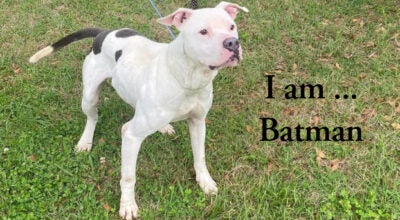Uses for broomsedge exist after all
Published 1:08 am Sunday, March 23, 2014
Out my way, some of us have a clear indication it’s past time to put lime on pastures and hayfields. I say “us” because my hilltops are getting the same indicator, which is the unwanted plant called broomsedge.
The weedy perennial grass won’t compete with good grasses in fields with a decent soil pH and fertility. But our naturally acidic soils slowly fall back to their original pH. And then the native species broomsedge moves in on our non-native but desirable bermuda grass and bahia grass. Most cow and hay folks know the answer to the question, “What chemical will get rid of broomsedge?” Back when I sometimes used just a touch of good-willed smart-alecky humor, I’d reply with “calcium carbonate” to the chemical herbicide question. Calcium carbonate is pure lime.
Non-farm folks can wind up with broomsedge in undisturbed flowerbeds and in lawns. Typically, a thick healthy lawn turf will not be infested with broom sedge for two reasons. First, there is just no bare ground spots for broomsedge seed to germinate. And if the turf is nice and thick, the pH and fertility are about right. Tilled vegetable gardens, just like plowed soybean fields, don’t give broom sedge a chance to take hold. It’s possible a garden or crop field badly needs lime for a good harvest, but broom sedge won’t be there to tell it.
Broomsedge is sometimes advertised as available to order as an ornamental grass to grow on purpose. It does go from spring green to goldish/reddish brown fairly quickly in late summer. And it does not “melt down” much in the winter, thus having both fall and wintertime landscape value, I suppose. And it can be used for fall decorations with its strong stalks, long leaves and airy, frilly seedheads.
I’m trying to find more nice things to say about broom sedge here. Ah, another one is broomsedge can help prevent erosion on open, undeveloped or abandoned commercial sites that sit neglected for several years. But in agriculture, the plant is a bummer. Cows will only eat the tender new plants in early spring. But at that time, there is plenty of good stuff for a cow to eat. By mid-summer when pastures start getting short, broomsedge is so tough a cow would rather gnaw on the fence posts.
It’s not hard to figure out how broomsedge got its unofficial common name. Dried plants were used for household brooms back in less prosperous rural times. But broom sedge is not a sedge at all. It is a grass and its official name is Andropogon virginicus. And broom sedge is a different plant altogether than the one called “broom sage.” The sage one is a shrub, not a grass, and it grows quite west of here. We mature Southerners mostly know of broom sage from Louis L’Amour paperbacks. Any young reader can Google up Louis L’Amour just like I did “Andropogon.”





